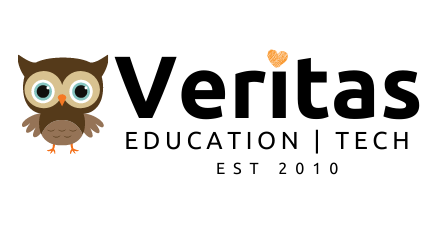美国推迟批准青少年使用莫德纳疫苗
文 / 陈慧璋
11/01/2021
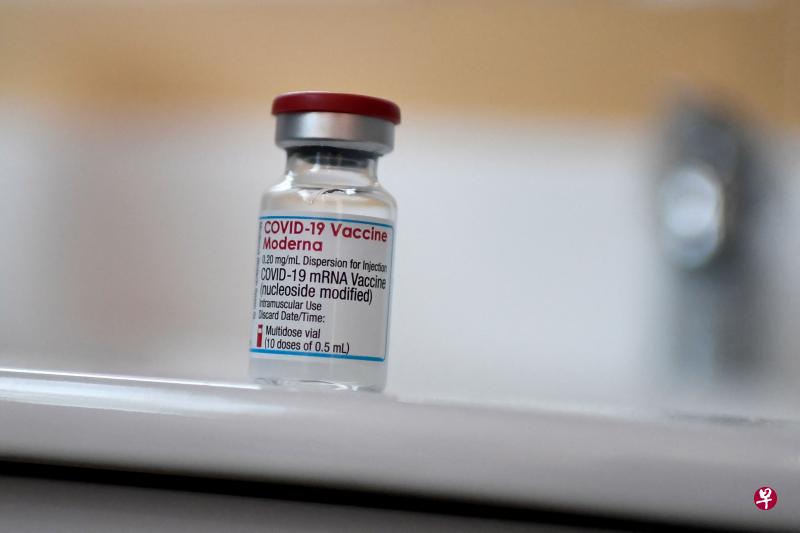
(早报讯)美国莫德纳公司说,美国药品监管当局推迟批准青少年使用其冠病疫苗,以便有更多时间评估青少年接种该疫苗后出现心肌炎的潜在风险。
法新社报道,莫德纳公司星期天(10月31日)发表声明说,美国食品与药物管理局(FDA)29日通知该公司,表示需要更多时间来评估对于接种莫德纳疫苗引发心肌炎风险的国际分析。
声明说,美国FDA针对莫德纳疫苗用于12至17岁者的评估工作可能会持续到2022年1月。
心肌炎和另一相关风险——心包炎此前被指与辉瑞疫苗及莫德纳疫苗有关联,且主要涉及青春期的男孩和年轻男性。
但根据美国疾病控制与预防中心(CDC)8月发表的一项研究报告,其风险在感染冠病之后要高得多。
莫德纳公司表示,美国CDC发现,接种采用信使核糖核酸(mRNA)新技术研发的冠病疫苗后,出现心肌炎的情况极为罕见,而且症状一般轻微。
辉瑞疫苗和莫德纳疫苗都是采用mRNA新技术的冠病疫苗。
Pfizer给5岁小孩打疫苗,故意用小针头避免心肌炎
By Carwash ForFree
10/26/2021
Pfizer很清楚它的mRNA疫苗的短期副作用,即“心脏损伤”,为了减少5到11岁小孩的心肌炎,Pfizer把mRNA剂量降到成人剂量的三分之一,更重要的是,它还故意使用“小针头”注射。为什么?
因为小针头注射,mRNA疫苗大多数会注射在浅表的肌肉里,进入血液的mRNA就会减少,杀死心肌细胞的量就减少,所以,导致小孩心肌炎的可能减少了(刚刚好勉强达到FDA通过的benefit/risk的最低要求)。如果使用正常大小的针头,心肌炎就会高一点,就达不到FDA的要求了。
Pfizer为了达到FDA的最低要求,可谓是颇费心机。不过,故意使用“小针头”更加证实其mRNA疫苗对小孩心脏的损伤很大!
成人试验过更小剂量,但是产生的抗体比较少。
成人试验过10微克的小剂量,但是产生的抗体,跟30微克的正常剂量比较,只有41%的抗体,所以,Pfizer最终决定,成人使用30微克的剂量(不是10微克)。但是现在看来,这个剂量对于成人来说,还是太高了,副作用太大,杀死的心肌细胞太多了。
Fauci说,因为疫情太紧急,没有时间试验很多个不同的剂量,没有达到最佳剂量。基本上就是千老们,拍了一下脑袋,就决定用30微克。
幸好,Pfizer比Moderna稍微好一点,Moderna的千老,拍了一下脑袋,注射100微克的剂量,剂量太大,导致现在Moderna的心肌炎太严重,被北欧的国家全部禁止了。今年年底,北欧的国家就会公布他们的所有真实数据,Moderna的心肌炎数据会极其难看。
Moderna意识到问题很严重,赶快把booster的剂量降低到50微克,但是已经太晚了。已经有太多的人,心脏被损伤得很严重,无法挽回了。希望他们未来十年安好。

Tel: 551-580-4856 | Email: F.WINNIE.S@GMAIL.COM
诚招美国和加拿大法律服务代理
因公司发展需要,诚招美国和加拿大法律服务代理。
要求:
懂英语、或西班牙语、或法语。
能合法工作有社安号或工号。
无需改行, 可以兼职。
大学生和有销售经验优先考虑。
自雇生意公司发美国报税1099,加拿大T4A
有意了解详情, 请扫码加微信, 非诚勿扰!

Moderna’s vaccine is the most effective, but Pfizer and J&J also protect well, CDC-led study says
By Maggie Fox
9/18/2021
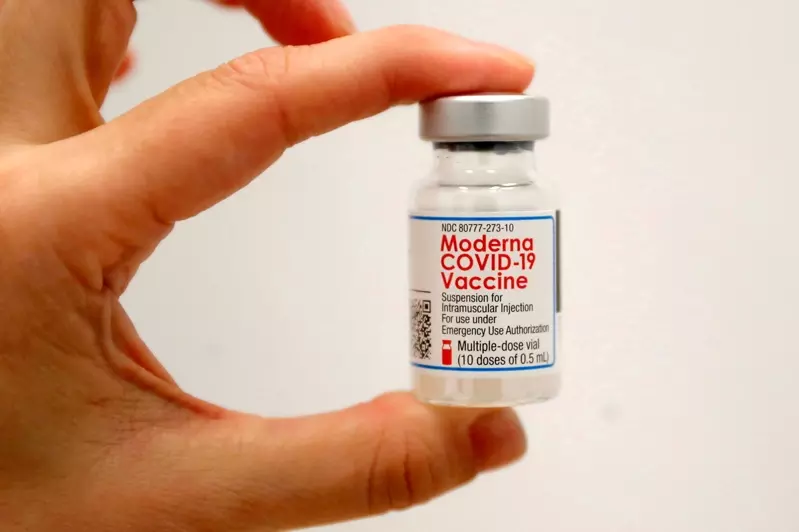
(CNN) A head-to-head study of all three authorized coronavirus vaccines in the United States finds the Moderna vaccine is slightly more effective than Pfizer’s in real-life use in keeping people out of the hospital, and Johnson & Johnson’s Janssen vaccine comes in third, but still provides 71% protection.
Pfizer’s vaccine provided 88% protection against hospitalization, and Moderna’s was 93% effective.
The US Centers for Disease Control and Prevention led a nationwide study of vaccination involving more than 3,600 adults hospitalized for Covid-19 between March and August.
“Among U.S. adults without immunocompromising conditions, vaccine effectiveness against COVID-19 hospitalization during March 11- August 15, 2021, was higher for the Moderna vaccine (93%) than the Pfizer-BioNTech vaccine (88%) and the Janssen vaccine (71%),” the team wrote in the CDC’s weekly report on death and disease, the MMWR.
“Although these real-world data suggest some variation in levels of protection by vaccine, all FDA-approved or authorized COVID-19 vaccines provide substantial protection against COVID-19 hospitalization.”
They found that the biggest difference between the vaccine made by Moderna and Pfizer/BioNtech’s vaccine was driven by a decline that started about four months after people were fully vaccinated with Pfizer’s vaccine.
“Differences in vaccine effectiveness between the Moderna and Pfizer-BioNTech vaccine might be due to higher mRNA content in the Moderna vaccine, differences in timing between doses (3 weeks for Pfizer-BioNTech versus 4 weeks for Moderna), or possible differences between groups that received each vaccine that were not accounted for in the analysis,” the team wrote.
“Vaccine effectiveness for the Pfizer-BioNTech vaccine was 91% at 14 -120 days after receipt of the second vaccine dose but declined significantly to 77% at more than 120 days,” the team wrote.
Pfizer’s and Moderna’s vaccines both use genetic material called messenger RNA to deliver immunity, but they use differing doses and slightly different formulations. The Janssen vaccine uses an inactivated common cold virus called adenovirus — a viral vector — to carry genetic instructions into the body.
“A single dose of the Janssen viral vector vaccine had comparatively lower anti-SARS-CoV-2 antibody response and vaccine effectiveness against COVID-19 hospitalizations,” the team said. “Understanding differences in vaccine effectiveness by vaccine product can guide individual choices and policy recommendations regarding vaccine boosters. All FDA-approved or authorized COVID-19 vaccines provide substantial protection against COVID-19 hospitalization.”
CDC worked with researchers across the country to study 3,689 patients at 21 hospitals in 18 states for the study. They also looked at antibodies in the blood of 100 healthy volunteers after they had been vaccinated with one of the three available vaccines.
“These real-world data suggest that the two-dose Moderna and Pfizer-BioNTech mRNA vaccine regimens provide more protection than does the one-dose Janssen viral vector vaccine regimen. Although the Janssen vaccine had lower observed vaccine effectiveness, one dose of Janssen vaccine still reduced risk for COVID-19-associated hospitalization by 71%,” they wrote.
The study had limitations. “This analysis did not consider children, immunocompromised adults, or vaccine effectiveness against COVID-19 that did not result in hospitalization,” the team wrote. Plus, the volunteers were only followed for 29 weeks — just over six months.
消息:美国可能在10月授权5-11岁儿童接种辉瑞疫苗
文 / 陈慧璋
9/10/2021
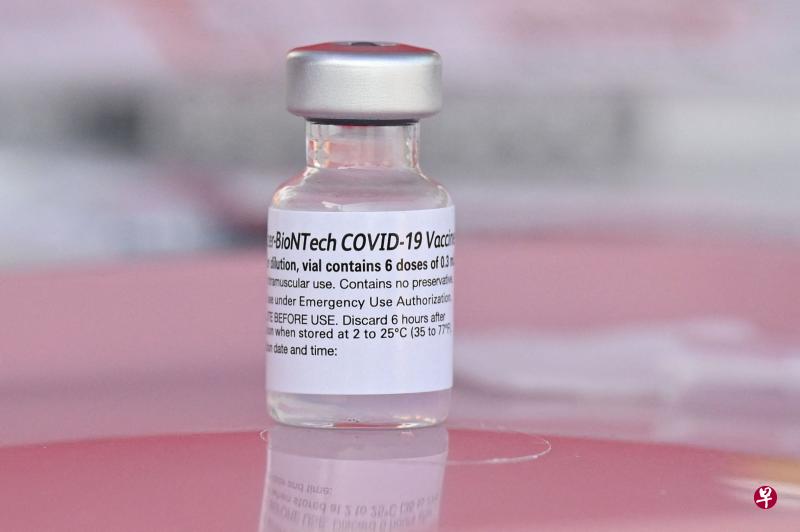
(早报讯)消息人士说,美国高级卫生官员相信,美国5至11岁儿童可在10月底前获准接种辉瑞-BioNTech冠病疫苗。
路透社报道,两名知情者周五(10日)透露,辉瑞制药公司将能在本月底前向美国食品与药物管理局(FDA)提供足够的相关临床试验数据,以申请紧急使用授权。
他们说,食药局预计需要三周时间评估辉瑞疫苗对5至11岁儿童是否安全有效并做出决定。
近几周,美国因德尔塔变种病毒肆虐导致冠病确诊病例大幅攀升,数以百万计的年幼儿童父母,特别是有学龄儿童的父母都殷切希望能为孩子加强防疫保护。
Schools grapple with thousands in isolation or quarantine as delta variant rages
Many schools that planned to forgo virtual and hybrid learning this year, in favor of in-person classes, are revisiting those plans as outbreaks require students to quarantine.
By Daniella Silva
9/05/2021
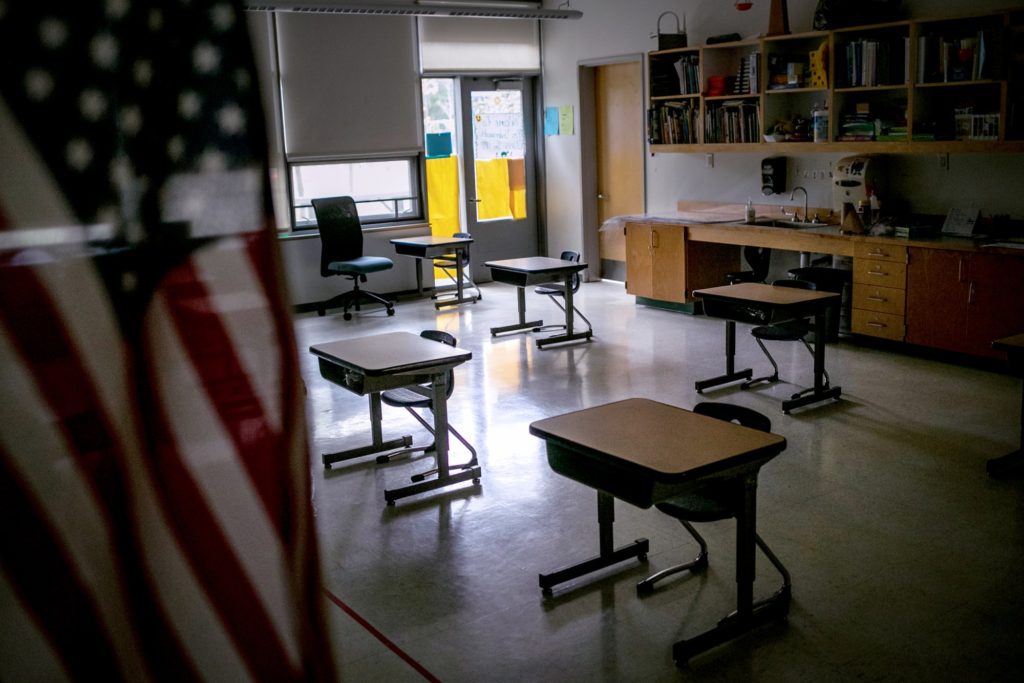
Schools that have opened their doors to students amid the spread of the highly contagious delta variant of the coronavirus already are grappling with how to best continue teaching students when hundreds and sometimes thousands of them are in quarantine.
As cases of Covid-19 started to wane over the spring and the early summer, many schools planned to forgo virtual and hybrid learning this year, in favor of in-person classes. But the lag in vaccination rates and the rapid spread of the delta variant have led districts to revisit those plans, with varying results.
Some schools have sent students home with packets of self-guided work to submit at the end of each day or when on-campus classes resume. Others have temporarily switched to virtual learning. And in some cases, schools have canceled classes altogether while campuses are closed or kids are in quarantine.

In Mississippi, officials last month said more than 20,000 students were in quarantine from exposure to the coronavirus after the first week of school.
The high quarantine numbers among students and staff members led at least 29 schools to “go virtual for a short time in order to interrupt transmission,” the state’s epidemiologist said.
Similarly, the Connally Independent School District in Texas, which opened to students Aug. 18, closed its schools for in-person classes Tuesday after two teachers died last week of Covid. The five schools in the suburban Waco district hastily switched to remote learning and are scheduled to reopen for in-person learning after Labor Day.
“If this pandemic has taught us one thing, it is the ability to change directions quickly,” Connally Elementary School Principal Eric Cantu wrote in a note to parents on the district’s website. “Going from Face to Face learning to remote learning is an example of this.”
More than 300 miles east, however, in Iraan, Texas, learning was put on hold for two weeks when schools closed because of a Covid outbreak in August, about a week into the school year.
Iraan-Sheffield Independent School District Superintendent Tracy Canter said in the letter to the school district’s community Aug. 16 that neither virtual nor remote learning would take place during the closure, but that teachers would be available by email.
She said schools would still meet the minimum 75,600 minutes of instructional time required by law, in part by turning two early-release days into full days of school.
“We know that this is difficult for everyone involved and we thank you for your support and patience during this unprecedented time,” Canter said in the letter.
School districts are confronting the dilemma of how to keep the school year going as the number of parents who want their children to go to in-person school drops.
Only 43 percent of public school parents and guardians said they wanted their children in a classroom full time this year after the Centers for Disease Control and Prevention on July 27 updated its health guidance to recognize the threat of the delta variant.
That was down from 58 percent of parents and guardians who said they wanted in-person instruction before July 27, according to a survey funded by the CDC through the Atlanta-based nonprofit CDC Foundation. It polled 1,448 public school parents and guardians July 23-Aug. 8.
Just more than half of the nation’s largest 100 school districts are planning to make a remote learning option available to all students, according to the University of Washington’s Center on Reinventing Public Education, while 92 will offer some type of remote instruction.
In Florida’s Hillsborough County Public Schools, thousands of students have been quarantined since the start of the school year in August.
Teachers are putting lessons and instructional material online for kids in quarantine and sending out electronic devices or providing physical copies of work based on student need, Jennifer Sparano, the district’s Covid coordinator, said.
She said work is done independently, with check-ins from teachers, but the district is looking into hiring teachers and support staff to be available online during the day to give children live access to a teacher if their own ones are not available because they are teaching in a classroom.
There were more than 7,380 reported Covid cases and nearly 9,270 students and staff in isolation or quarantine, as of Friday, according to a district dashboard. Last Friday, there were more than 5,270 reported Covid cases and nearly 12,000 students and staff in isolation or quarantine, according to the dashboard. The total district population is more than 240,000.
A symptom-free student could still be out of school for five to seven days, under the district’s quarantine procedures, though Sparano said said many students don’t typically miss five full days of school.
In Metro Nashville Public Schools in Tennessee, from Aug. 9 to Aug. 15, there were 95 staff who were isolated or quarantined, with 52 confirmed cases and 980 students were isolated or quarantined, with 207 confirmed cases. From Aug. 16 to Aug. 22, there were 143 staff isolated or quarantined, with 67 confirmed cases and 2,879 students isolated or quarantined, with 395 confirmed cases, according to Sean Braisted, the district’s executive officer of communications and community engagement.
Isolated or quarantined students can access their course information and assignments online and the district offers remote learning assistance to students, he said in an email. Parents must also verify a student participated in all instructional activities, he said.
In the Northeast, where many schools don’t reopen until after Labor Day, school districts are announcing return plans that include planning for continuing education in quarantine.
New York City, which houses the nation’s largest school system and where all public school teachers and staff must get vaccinated, is planning to try to limit the number of students who have to quarantine.
In elementary schools, a classroom will be required to quarantine for 10 calendar days in the event of a positive test in that class and students will continue to receive instruction while they quarantine. But in middle and high schools, students who are at least 12 years old, vaccinated and not showing symptoms will be allowed to continue to attend school in-person. Students who are at least 12 years old, vaccinated and showing symptoms will have to quarantine for 10 calendar days and will have access to remote learning while quarantining. Unvaccinated students will have to quarantine for 10 calendar days, continue learning remotely, and will be allowed to return with a negative result after the seventh day.
The city’s strategy is designed to avoid the disruption of major school closures, which would be necessary only in case of widespread transmission in the school, the New York City Department of Education said in a health and safety guide.
“Our commitment to parents is to minimize disruption this year, keep as much continuity as possible and make sure all those health and safety measures are in place,” New York City Mayor Bill de Blasio said.




